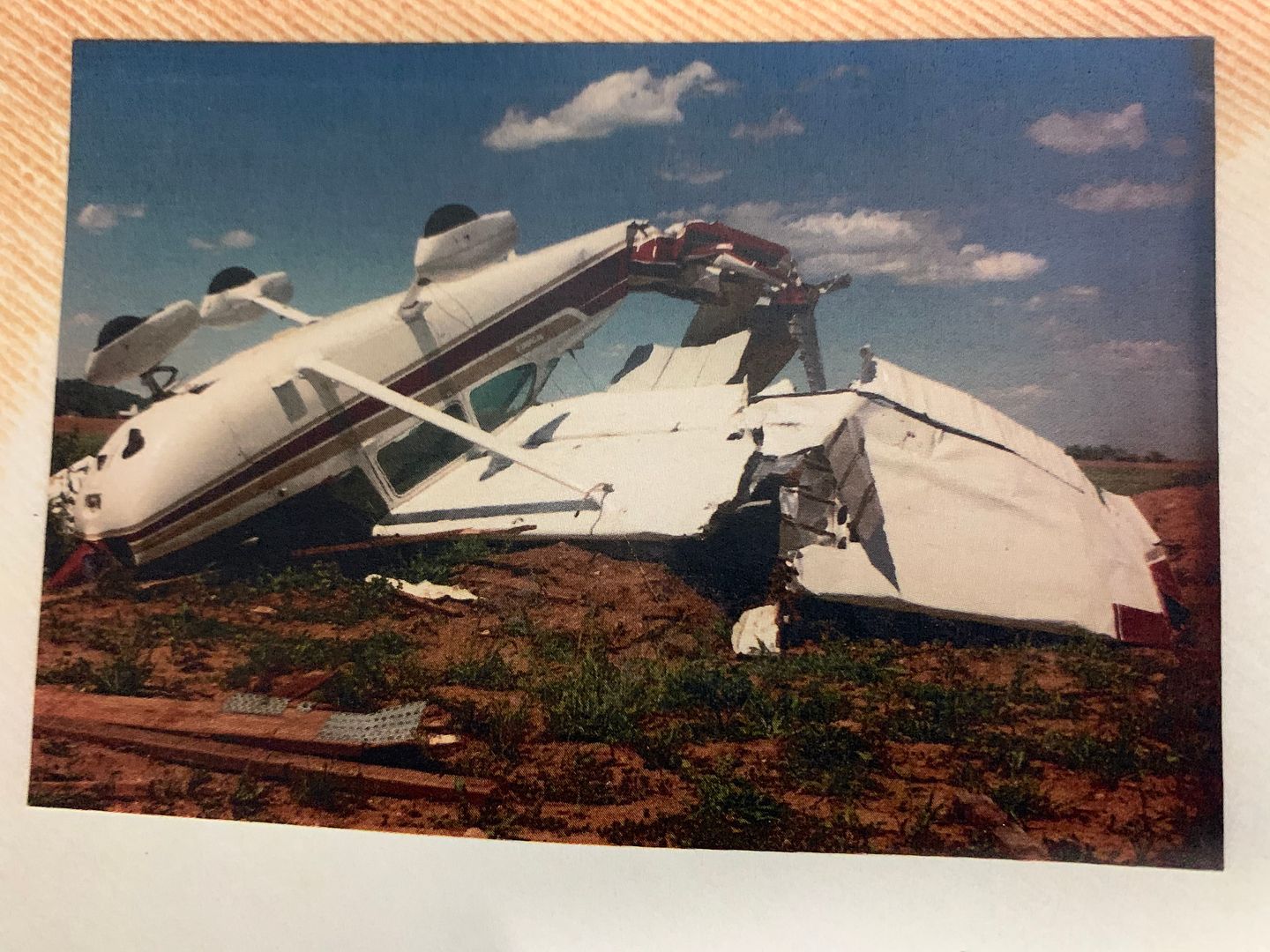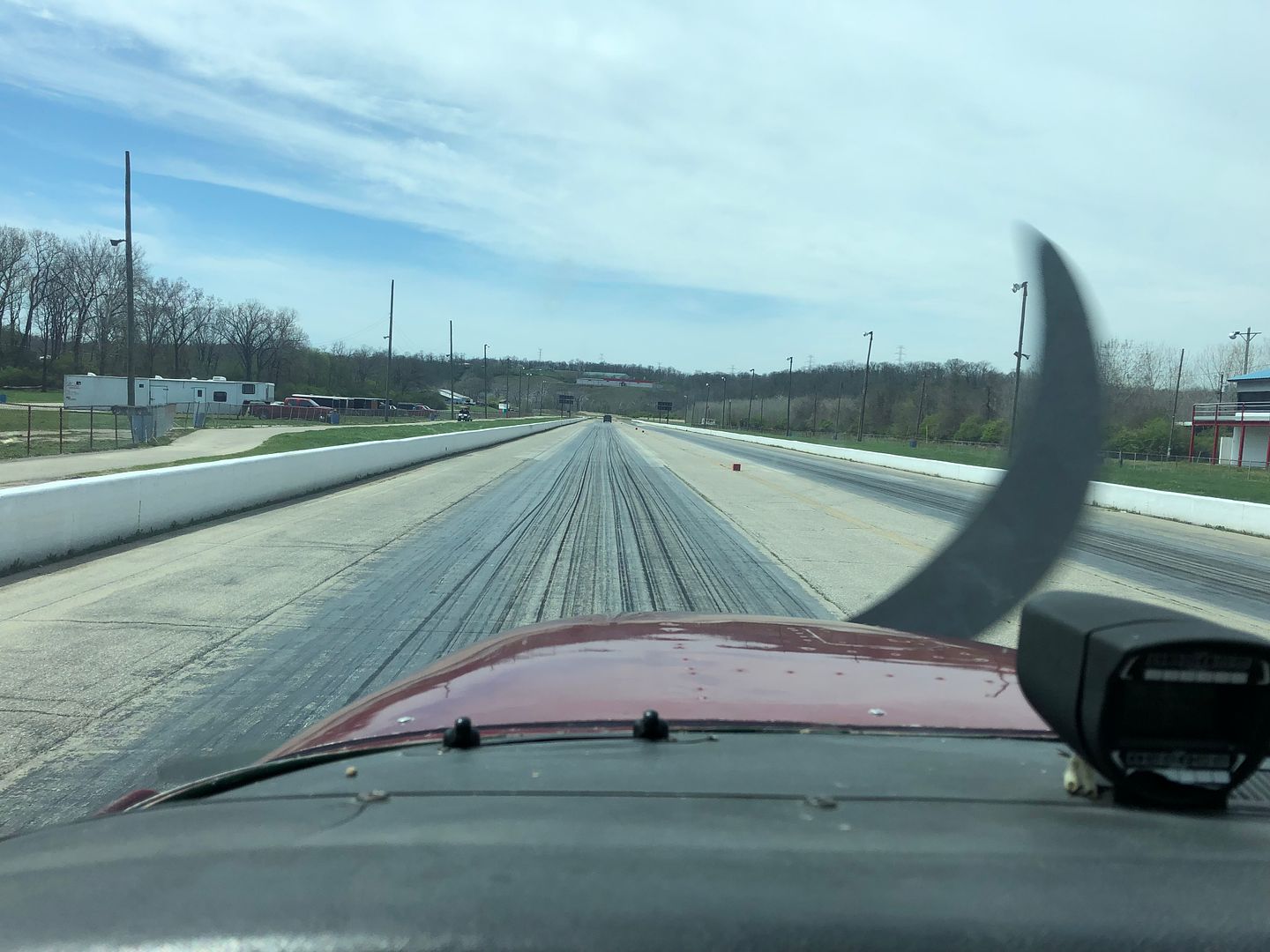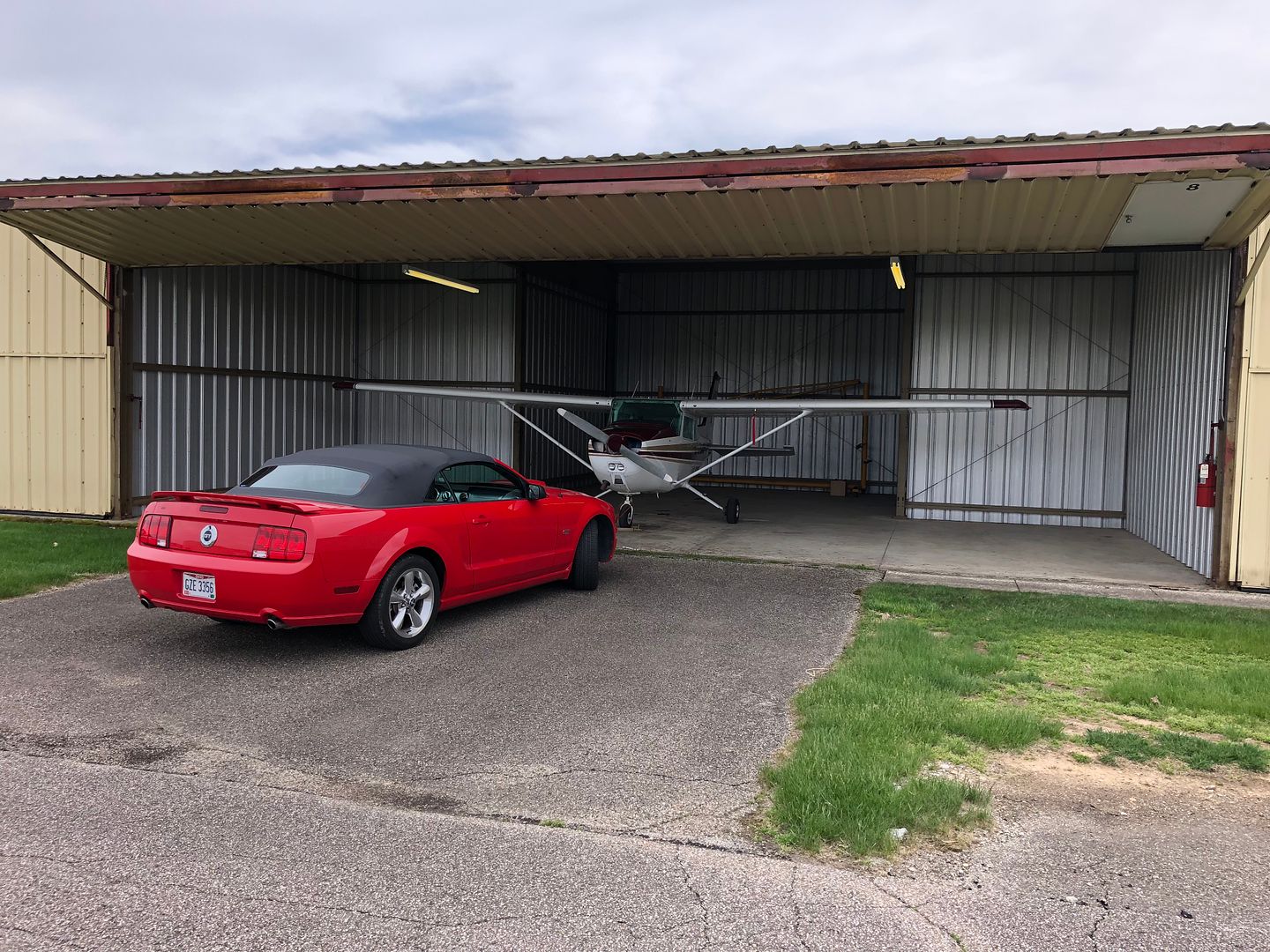Dennis M Carleton
Pre-Flight
- Joined
- Nov 7, 2019
- Messages
- 39
- Display Name
Display name:
DMC
How much damage is too much to consider before you walk away? Looking at an otherwise beautiful plane that has had some damage history.
As mentioned that is subjective to you and your APIA. But damage history with the proper documentation has never been a deterrent from my point of view. The only ones I’ve recommended not to buy were either repaired improperly or lacked sufficient documentation. Matter of fact there are some models out there that if there isn’t any damage history you would question that fact.How much damage is too much to consider before you walk away?
How much damage is too much to consider before you walk away? Looking at an otherwise beautiful plane that has had some damage history.
I was thinking more about this thread..... this being a common thought, and one I share.....Damage history that was properly repaired and documented isn’t much of an issue for me. ....
Not at all. Following the existing guidance, which ever guidance you follow, is the path that puts the "proper" in properly. Not following any existing guidance is what leads to issues. The problem is the subjective side of which guidance a person wishes to follow.the PROPER part of properly repaired is the really hard thing to determine.....maybe even impossible in a practical sense....
Its what you learn as an AP. Can it be 100% determined from just logbook entries? No. But those entries along with a check of the aircraft will determine if the guidance was followed as most of the existing guidance is spelled out in black and white. What becomes very evident is when the guidance is not followed. But in my experience if the logbook entries are above board then the actual work is also. That is unless that individual is out to break the rules from the get-go and BSs the whole project. But even that can be determined with a good physical check. My final determining act on accepting a repair or alteration is if I would sign off the same work.but how can you really know, based on log book entries...that the mech that made the repairs followed the "guidance"....or "best practices"...or even good sense?
The only thing I have to add is that if it has damage, it's worth less. Even if the damage was long ago, you're going to take a hit on selling it one day, don't be the sucker that pays full price now.
It might only be a little less, but there are pilots who won't touch an airplane with a damage history, so your customer pool is smaller. Economically, smaller pool = lower price.
This isn't necessarily true.
I think his point was that there are 60 year old planes that have documented damage and 60 year old planes that have undocumented damage, but very, very few that have never had damage. Weeding out unreasonable, uneducated buyers is only a bad thing when you’re selling a lemon, in which case you need that larger pool of buyers.what isn’t true? That some pilots won’t touch a plane with damage history? Or that a smaller pool of potential buyers means a lower price? The first is just the way it is, the second is a law of economics.
There’s always the chance that someone doesn’t care and is willing to pay what you’re asking, but it’s also true that maybe someone else did care and would have been willing to pay more. Any individual sale can beat the odds, but long term an airplane with significant damage history has lower value
I agree, the older the damage and the better the proof of a good repair, the less this matters, especially with minor damage, even a gear up landing. But I’d be hard pressed to disregard a complete firewall forward rebuild as immaterial and so will a lot of people.
How much damage is too much to consider before you walk away? Looking at an otherwise beautiful plane that has had some damage history.

Wow, it’s hard to imagine those are the same aircraft. It seems like there no way that rebuild makes financial sense, no? I mean, nothing in aviation makes financial sense, but that seems like more labor hours than the plane could possibly be worth?


